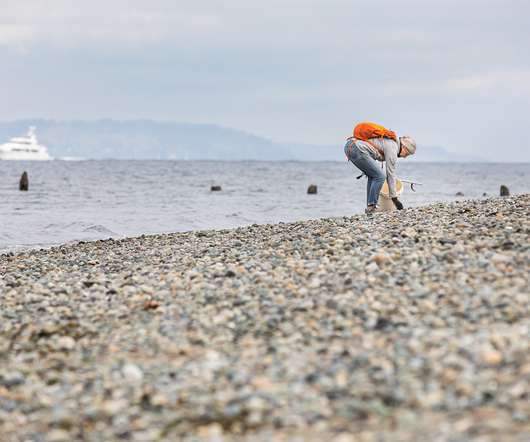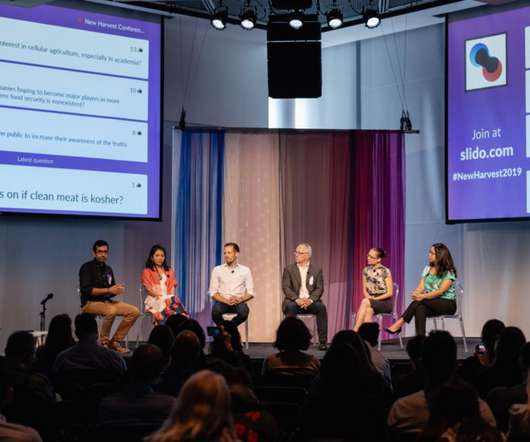September is Coastal Cleanup Month with a new look for 2020
AGreenLiving
SEPTEMBER 15, 2020
Related: Atlantic has 10 times the microplastics previously thought The centralized information also allows organizers to track the amount and types of garbage removed. Plastic in the waterways begins to break down into microplastics, which marine animals ingest. The cycle is toxic. View post:Â .














Let's personalize your content